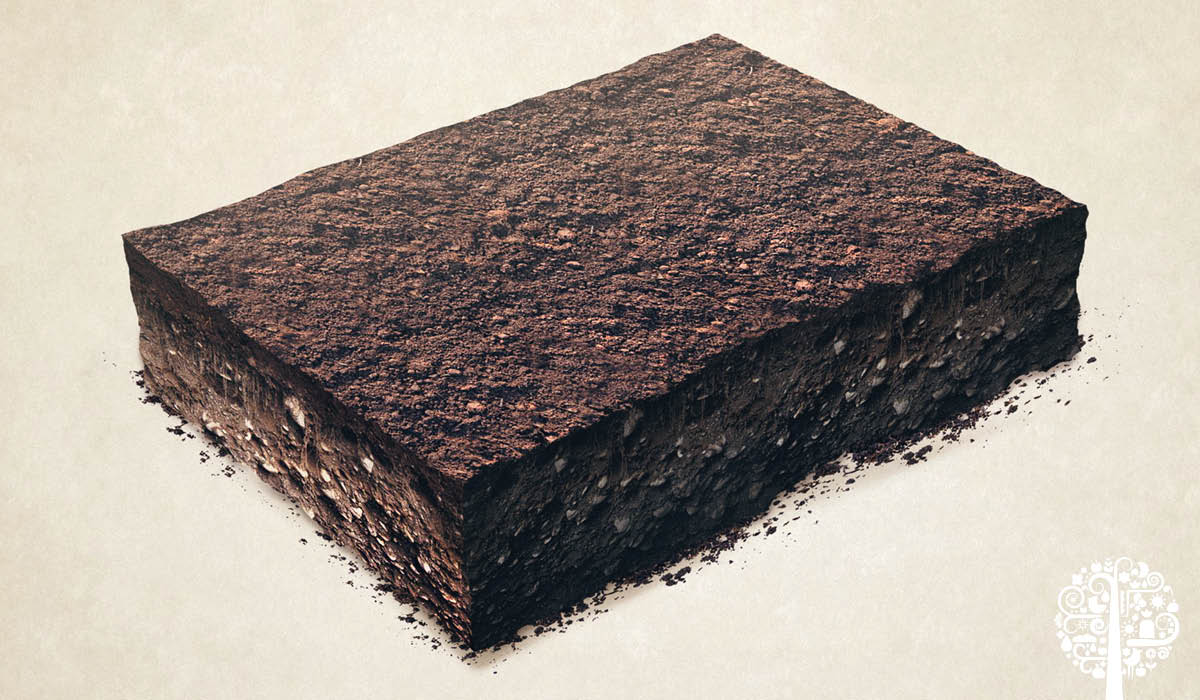Plants evolved over 600 million years ago into a microbial world. Their roots extended into soils teeming with microbial life. As early civilizations evolved and started cultivating crops around 11,000 years ago, societies relied heavily on natural soil life to support their crop success. Healthy soils supported agriculture since the beginning. This remained relatively unchanged until the latter 19th century.
The primary function of any substrate (soil, peat, and coco) is to allow plants to anchor their roots and support lateral growth. Just in the last 50 years, modern farming practices have started readily adopting inert, soilless media such as coco and peat into their precision agriculture management practices.
The different properties between soil, peat, and coco substrates make a massive difference for plant growth. Let us start with quick definitions:
Soil
Soil is derived from mineral erosion and comprises five main constituents: minerals, soil organic matter, living organisms, gas, and water. The mineralogy and texture of soils across different geographies are diverse. Soil minerals are divided into three particulate classes: sand, silt, and clay. The percentages of these particles define soil texture. Soil texture significantly influences cation exchange (CEC), water holding capacity and water infiltration properties. In nature, microorganisms are abundant in soil and function to cycle the macro and micro-nutrients stored in soils, ultimately supporting plant nutrient uptake. As any old-school farmer will tell you, ‘you do not need to grow plants; you need to grow your soil’.

Both peat and coco substrates are referred to as soilless and inert growing media. Soilless media is simply used to retain moisture and provide plants with a place to anchor their roots. These types of substrates contain no nutrients and require intensive fertigation to support plant growth.



